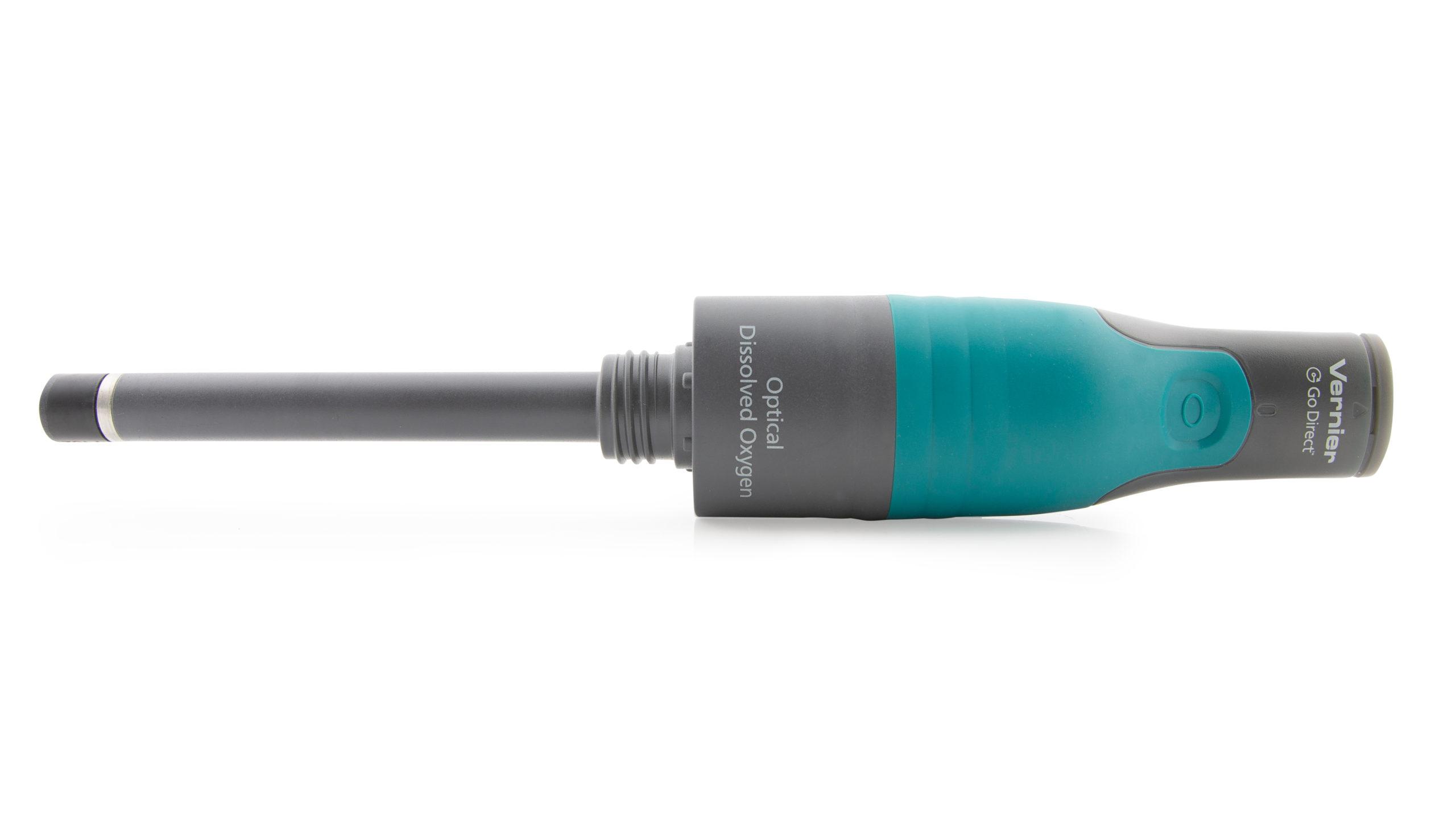Introduction
Although water is composed of oxygen and hydrogen atoms, biological life in water depends upon another form of oxygen—molecular oxygen. Oxygen is used by organisms in aerobic respiration, where energy is released by the combustion of sugar in the mitochondria. This form of oxygen can fit into the spaces between water molecules and is available to aquatic organisms.
Fish, invertebrates, and other aquatic animals depend upon the oxygen dissolved in water. Without this oxygen, they would suffocate. Some organisms, such as salmon, mayflies, and trout, require high concentrations of oxygen in their water. Other organisms, such as catfish, midge fly larvae, and carp can survive with much less oxygen. The ecological quality of the water depends largely upon the amount of oxygen the water can hold.
Objectives
In this experiment, you will
- Use a Dissolved Oxygen Probe to measure the concentration of dissolved oxygen in water.
- Study the effect of temperature on the amount of dissolved oxygen in water.
- Predict the effect of water temperature on aquatic life.
Sensors and Equipment
This experiment features the following sensors and equipment. Additional equipment may be required.
Correlations
Teaching to an educational standard? This experiment supports the standards below.
- International Baccalaureate (IB) 2025/Biology
- A1.1.6—Physical properties of water and the consequences for animals in aquatic habitats
Ready to Experiment?
Ask an Expert
Get answers to your questions about how to teach this experiment with our support team.
- Call toll-free: 888-837-6437
- Chat with Us
- Email support@vernier.com
Purchase the Lab Book
This experiment is #19 of Biology with Vernier. The experiment in the book includes student instructions as well as instructor information for set up, helpful hints, and sample graphs and data.




